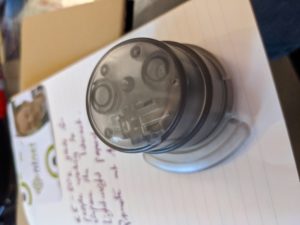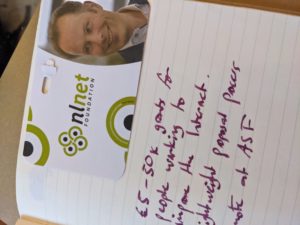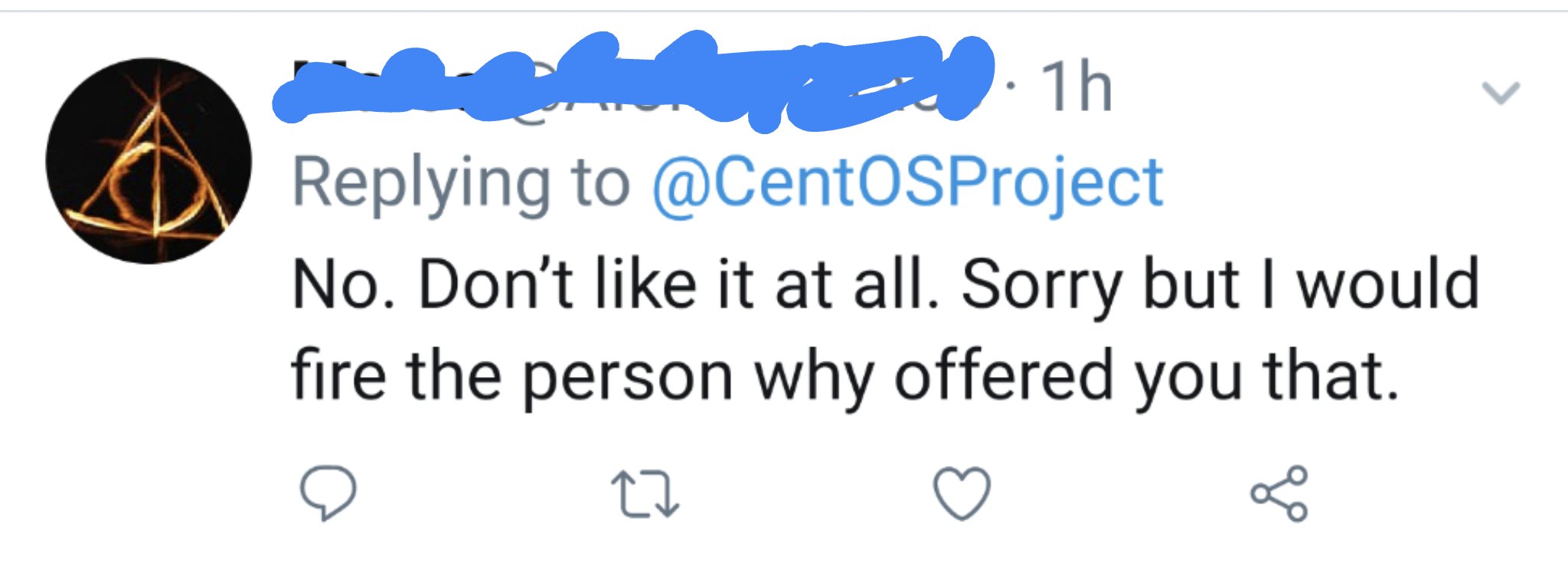In a normal year, I go to a lot of conferences. 10-14, typically. These events are, presumably, picked because they are in some way useful to my company, or my project.
That’s really hard to measure.
We kind of just know which events are good ones – a gut feeling – but we kind of stink at actual metrics.
One of my goals this year was to be more rigorous about measuring what benefits I got from a conference, so that my budget is spent as effectively as possible, in ways that actually produce long-term benefit. This then informs the events that we’ll do the following year.
Caveat: I am a community manager. As such I care about community metrics. Not sales. Not business cards. Not dollars or contracts. That makes these things that much trickier to track.
Here’s some of the things that I try to measure when I do a conference.
Meaningful Conversations. Most of the people that come to a conference booth are there to get the free stuff. But a precious small number are there to learn, to connect, to solve, to contribute. In past years I have kept a bit of an impression as to how many that was, as a fuzzy metric of whether a particular event was the right audience. This year, it was my goal to actually count, and keep that data from year to year.
New Community Members. This is hard, and, frankly, I don’t know how to track this. But it’s really the most important thing that I would like to track. I know, anecdotally, that lots of people, over the years, have joined, and stayed with, Apache projects because of an experience at ApacheCon. But that’s not the only factor, and it’s certainly hard to track because it requires years of events, and years of conversations, and people willing to tell those stories. I would like a better way to track this, and would love to hear your ideas.
Content. This one is easy to track. A lot of the events I run are all about content creation. When I run a CentOS Dojo, maybe 100 people attend, but then 1000 people see the videos that I record at the event, And maybe 1000 more read the blog posts that come out of those presentations. This is trickier when I am not running the event, and so don’t have control over that. At those events, I try to be very intentional about collecting stories. Stories can be interviews (video, audio, written notes), or they can be a promise of a later story, either delivered in writing, or via a video call that we schedule after the event. Here, obviously, followup is critical, and so it was my goal to be much more intentional about collecting contact info, and detailed notes about why I had that contact info. I wrote a blog post about that after FOSDEM.
As we try to be more intentional about what events we attend, sponsor, and speak at, it would be great to hear from some of you about what you measure, and how, to figure out if a conference (or other event) is a worthwhile investment of your team’s time and money.



 Geocaching had a very different motivation. It was a way to get outdoors, while also playing with technology, and that was certainly part of it. But I think what was so great about it was that it was a task with a clear goal, and you could check it off when it was done. You find the thing. You sign the log book. And when you’re done, a friendly smiley face appears on the map.
Geocaching had a very different motivation. It was a way to get outdoors, while also playing with technology, and that was certainly part of it. But I think what was so great about it was that it was a task with a clear goal, and you could check it off when it was done. You find the thing. You sign the log book. And when you’re done, a friendly smiley face appears on the map.

 The conversation about the death of former Kenyan President Daniel Toroitich arap Moi is complicated, from where I sit. His death is the end of an era, in many ways – the last of the colonial era African strongmen. But he’s also one of the very few powerful African presidents who stepped down at the end of his term, and let the new president peacefully take over. Yes, “he followed the law” seems like an awfully low bar, but at the time, it was a really big deal.
The conversation about the death of former Kenyan President Daniel Toroitich arap Moi is complicated, from where I sit. His death is the end of an era, in many ways – the last of the colonial era African strongmen. But he’s also one of the very few powerful African presidents who stepped down at the end of his term, and let the new president peacefully take over. Yes, “he followed the law” seems like an awfully low bar, but at the time, it was a really big deal.




